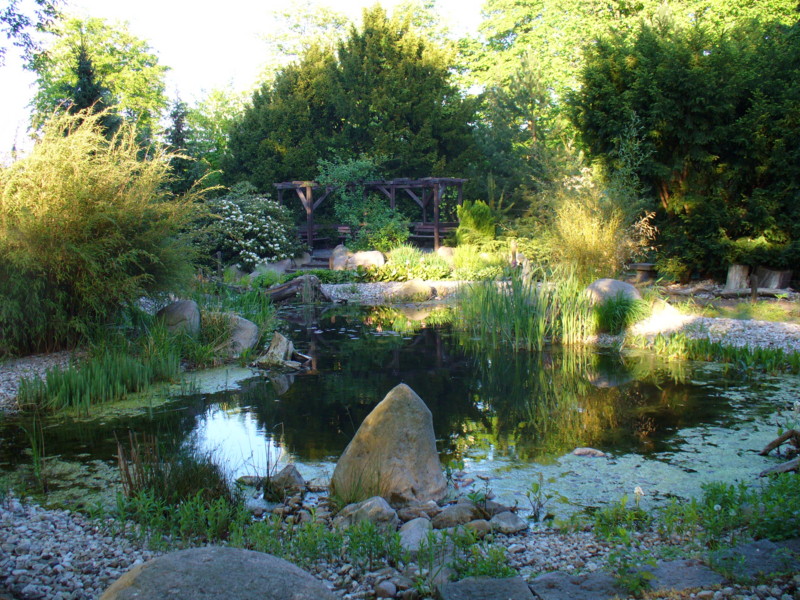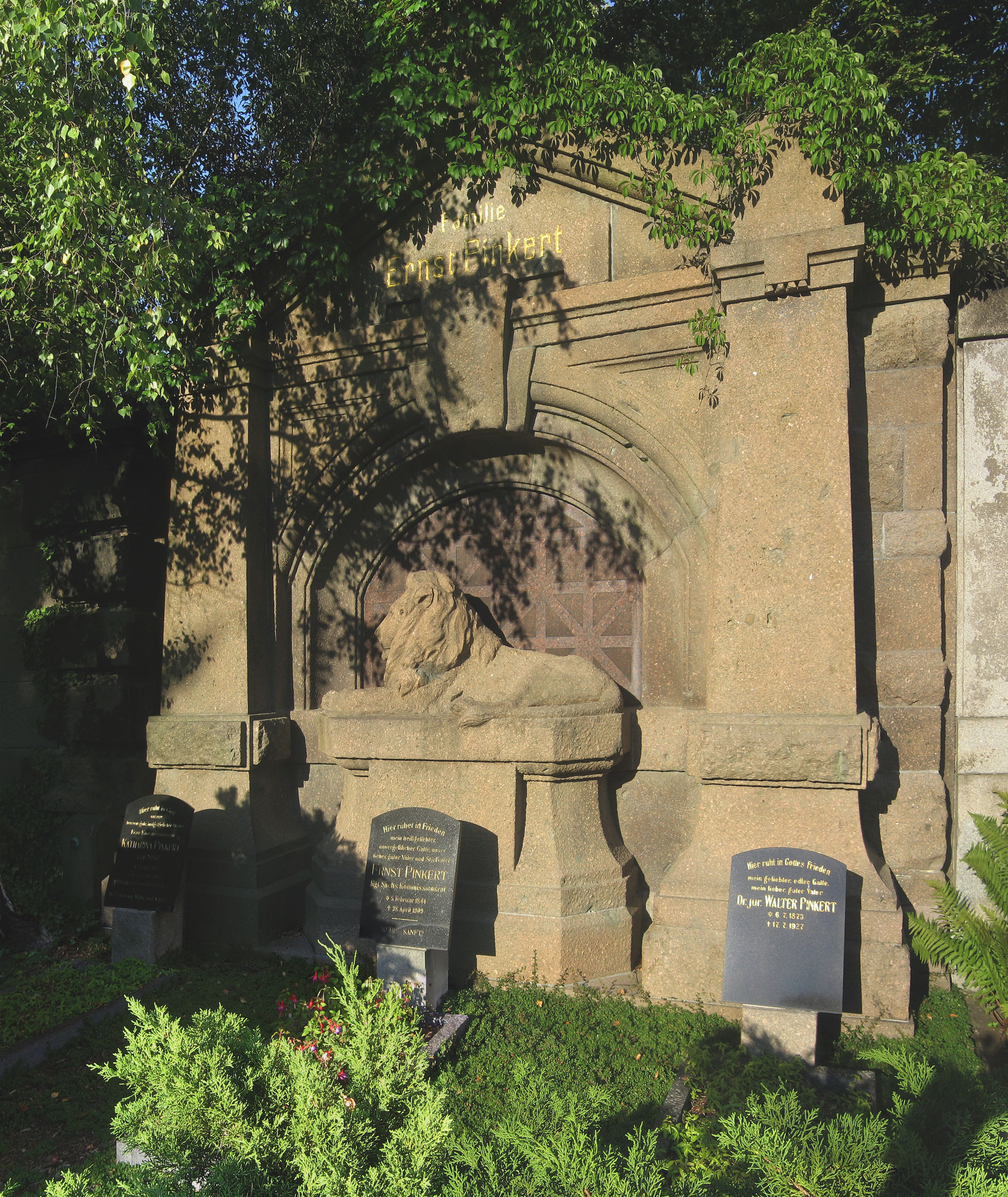Nordfriedhof (Leipzig) on:
[Wikipedia]
[Google]
[Amazon]
 The Nordfriedhof ("North Cemetery") is a public
The Nordfriedhof ("North Cemetery") is a public
 Two Citizens of Honour (''Ehrenbürger'') of the city of Leipzig are buried here, Senior Imperial Counsel and the President of the Imperial Court . Further notable individuals buried here are Ernst Arthur Seemann, founder of the publishing house E. A. Seemann,
the book publisher and dealer
Two Citizens of Honour (''Ehrenbürger'') of the city of Leipzig are buried here, Senior Imperial Counsel and the President of the Imperial Court . Further notable individuals buried here are Ernst Arthur Seemann, founder of the publishing house E. A. Seemann,
the book publisher and dealer 
Stadt Leipzig: Amt für Stadtgrün und Gewässer official website Nordfriedhof
* {{coord, 51.362, 12.397, type:landmark_region:DE-SN, display=title Cemeteries in Leipzig Tourist attractions in Leipzig Protected areas of Saxony
 The Nordfriedhof ("North Cemetery") is a public
The Nordfriedhof ("North Cemetery") is a public cemetery
A cemetery, burial ground, gravesite or graveyard is a place where the remains of dead people are buried or otherwise interred. The word ''cemetery'' (from Greek , "sleeping place") implies that the land is specifically designated as a buri ...
run by the city of Leipzig
Leipzig ( , ; Upper Saxon: ) is the most populous city in the German state of Saxony. Leipzig's population of 605,407 inhabitants (1.1 million in the larger urban zone) as of 2021 places the city as Germany's eighth most populous, as wel ...
, located at Berliner Straße 125–127 in the district of Eutritzsch between Hamburger Straße, Theresienstraße and Maximilianallee, directly adjoining the smaller Old Jewish Burial Ground ("Alter Israelitischer Friedhof").
History
The Nordfriedhof was opened on 24 May 1881. In comparison to the largest burial ground in the city, the Südfriedhof, which covers 82hectare
The hectare (; SI symbol: ha) is a non-SI metric unit of area equal to a square with 100-metre sides (1 hm2), or 10,000 m2, and is primarily used in the measurement of land. There are 100 hectares in one square kilometre. An acre is a ...
s, the Nordfriedhof has less than a tenth of the area, at 7.3 hectares. Nevertheless in terms of landscaping, ecology and tree-planting it is extremely varied, and has, for example, an area of wetland
A wetland is a distinct ecosystem that is flooded or saturated by water, either permanently (for years or decades) or seasonally (for weeks or months). Flooding results in oxygen-free (anoxic) processes prevailing, especially in the soils. The ...
, set up after the year 2000.
The cemetery buildings date from the years 1905–1910. Otto Brückwald
Otto Brückwald (6 May 1841 - 15 February 1917) was a German architect.
Life and work
Paul Otto Brückwald was born in Leipzig, the youngest of the four children of Carl Friedrich Brückwald and his wife Emilie Pauline, née Cagiorgi. In 1857 O ...
constructed a complex based on Italian models with leafy wooden arcades connecting the chapel, the mortuary and the administrative buildings. The chapel was destroyed during the air raids of 4 December 1943. To the left of the entrance is the former house of the keeper, also designed by Brückwald. The grounds were landscaped by in the traditional style, with regular and strongly symmetrical fields of graves. He did not produce a park cemetery of the new type until 1886, when the Südfriedhof was opened. In the Nordfriedhof there were no ornamental areas, except for some colourful flowerbeds in front of main entrance on the Berliner Straße.
 Two Citizens of Honour (''Ehrenbürger'') of the city of Leipzig are buried here, Senior Imperial Counsel and the President of the Imperial Court . Further notable individuals buried here are Ernst Arthur Seemann, founder of the publishing house E. A. Seemann,
the book publisher and dealer
Two Citizens of Honour (''Ehrenbürger'') of the city of Leipzig are buried here, Senior Imperial Counsel and the President of the Imperial Court . Further notable individuals buried here are Ernst Arthur Seemann, founder of the publishing house E. A. Seemann,
the book publisher and dealer Carl Christian Philipp Tauchnitz
Tauchnitz was the name of a family of German printers and publishers. They published English language literature for distribution on the European continent outside Great Britain, including initial serial publications of novels by Charles Dickens. ...
, the urologist
Urology (from Greek οὖρον ''ouron'' "urine" and ''-logia'' "study of"), also known as genitourinary surgery, is the branch of medicine that focuses on surgical and medical diseases of the urinary-tract system and the reproductive organ ...
Arthur Kollmann
Arthur Kollmann (1858–1941)
"Felix Martin Oberländers Beiträge zur Urologie" (PDF file),
''SpringerLink'', part of ''Springer Science+Business Media'', 2006, webpage:
Springer-PDF
was a German medical researcher from Hamburg who stud ...
, and , founder of Leipzig Zoo
Leipzig Zoological Garden, or Leipzig Zoo (german: link=no, Zoologischer Garten Leipzig) is a zoo in Leipzig`s district Mitte, Germany. It was first opened on June 9, 1878. It was taken over by the city of Leipzig in 1920 after World War I and now ...
.
Also in the Nordfriedhof is one of the oldest monuments to the Battle of Leipzig
The Battle of Leipzig (french: Bataille de Leipsick; german: Völkerschlacht bei Leipzig, ); sv, Slaget vid Leipzig), also known as the Battle of the Nations (french: Bataille des Nations; russian: Битва народов, translit=Bitva ...
(1813). After a mass grave of the fallen of the battle was discovered in 1892 in the Eutritzscher Straße, the Leipzig Historical Union commissioned a gravestone from the architect Franz Drechsler. The monument, opposite the former Theresienstraße entrance, was dedicated on 18 October 1899, and consists of an unworked block of stone with the inscription "Freund und Feind im Tod vereint" ("Friend and foe united in death") and a smaller rectangular stone block behind the memorial stone.
Literature
* ''Der Friedhofswegweiser. Diesseits und jenseits. Stadt Leipzig'' (pp. 32–39). Leipzig: Mammut-Verlag 2005Notes
External links
* Stadt Leipzig, Amt für Stadtgrün und GewässerStadt Leipzig: Amt für Stadtgrün und Gewässer official website Nordfriedhof
* {{coord, 51.362, 12.397, type:landmark_region:DE-SN, display=title Cemeteries in Leipzig Tourist attractions in Leipzig Protected areas of Saxony